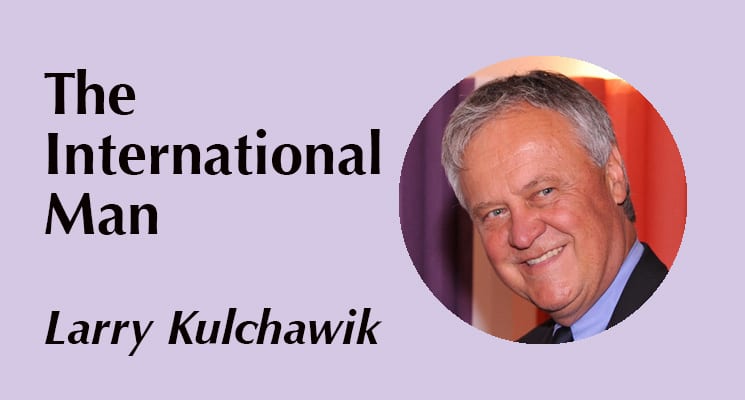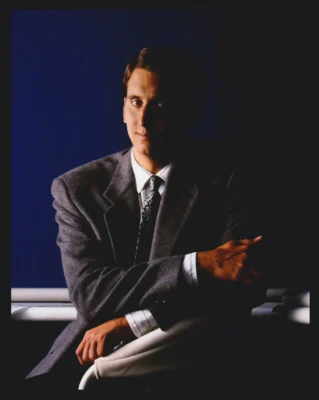by Larry Kulchawik
The second edition of Tradeshows from One Country to the Next was recently released. The guide book is about international marketing, with a focus specifically on global tradeshow differences. Although dedicated to the venues, top events, exhibit design and regulations, much of the information speaks to effective communication and culture when spending a week or less marketing a product in a foreign country. After 45 years in the international tradeshow arena, I have collected information directly from world tradeshow experts who live and work in the 45 countries outlined. No one person, or company, is the expert everywhere in the world. Trusting the opinions of local suppliers is a good first step when planning a tradeshow abroad. Outlined below are excerpts from the book. When it comes to international exhibiting, we will never stop learning something new.
China
For emerging markets like Brazil, China, India, Russia, Turkey and China, fostering cross-cultural relationships must be at the forefront for creating successful negotiations and relationships through tradeshow marketing. First impressions are everything. Brushing up on a country’s cultural norms will help to develop a mutual trust and understanding and avoid an embarrassing situation—especially in Asia.
Doing business anywhere in the Asia Pacific region is extraordinary. At times the challenges can be immense, but so, too, the rewards. The region is dynamic, entrepreneurial and now, fully entitled to claim its place on the world stage as a driver for global business growth—especially for China.
Since I had written the first edition of this book five years ago, many new convention facilities have been added. The new Hong Qiao Convention & Exhibit Center in Shanghai is now one of the largest exhibition and convention centers in the world. This remarkable growth has resulted in the popularity of many new international tradeshows in Asia.
Exhibit graphics
The languages used for graphics must be bi-lingual, except for some easy English words that are familiar to the Chinese. Note that all English words do not translate directly to mean the same. Work with a native for accurate translations.
Chinese etiquette
When in China, being calm, quiet and collected is considered a sign of measured thought and intelligence. Chinese prefer harmony and balance in everything so be careful of your facial expressions. Use handshakes to greet your Chinese counterparts and start with the oldest person. A short and light handshake is expected. Shaking hands up and down a few times shows friendliness and passion. Don’t get to business immediately, start with small talk and then on to more important matters.
Chinese business etiquette requires that you use correct titles when addressing someone. Remember, title follows the surname and not the first name. Chinese take their time in making personal relationships and business is conducted only on the basis of personal trust. You might have to make several round trips to China before a deal is finalized. Be patient! The Chinese are very good at figuring out when their cooperation is badly needed, and they will use to an advantage.
Take many business cards with you. Have your credentials translated in Mandarin on the back. Quality card design is viewed as professional. In China it is a symbol of prestige. When presented with a business card, don’t just stuff it in your pocket. It is a major insult to the Chinese; instead take your time to admire the details and recognize their title.
Chinese business etiquettes require that there be personal space between individuals. No body contact, except for a handshake. Private space is preferred with minimal eye contact during business discussions. Don’t be surprised if you are applauded when you first walk into a meeting room in China. Applause is often used as a greeting, and it is expected that you also join in.
Moral of the story: sometimes we just don’t know what we don’t know when exhibiting internationally. No one book will address all of your concerns when exhibiting globally, but take some extra time to read up on a region and find a trusted partner to advise you along the way. Associations like EDPA and IFES can really offer advice for a trusted partner as well.
Larry Kulchawik is the head of Larry Kulchwawik Consulting and author of “Trade Shows from One Country to the Next.” For more info, visit www.larrykulchawik.com






























